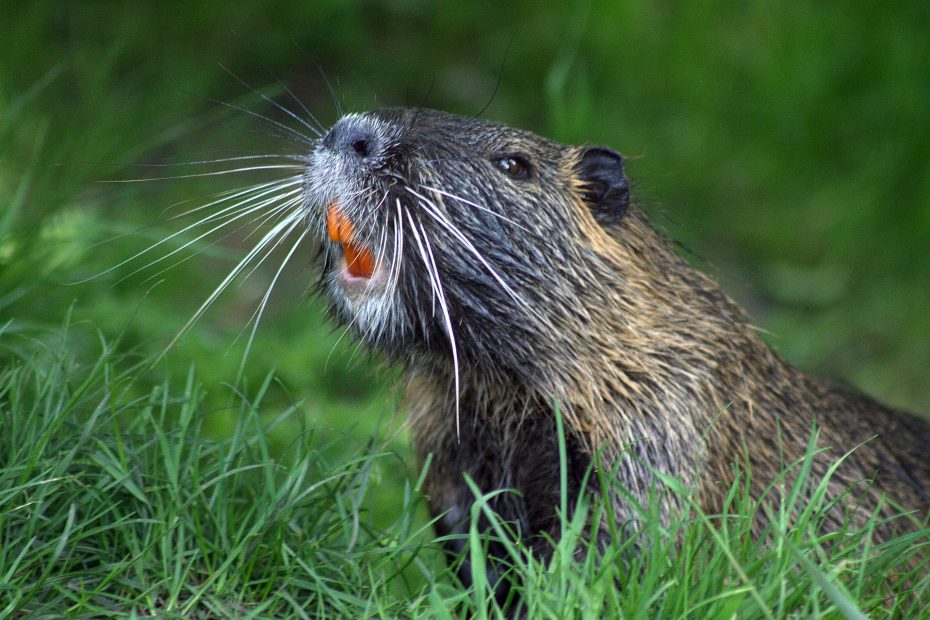By James Cassell
Notes from the Editor:
One of the defining characteristics of earth stewards is the deep connection they can make with animals – finding wonder in an animal’s movements and looks but, with development, also finding wonder in the biology of an animal and how an animal might contribute to the health of our planet. Therefore, the following article is offered as something to share with children, so that they might develop a deep connection with beavers starting with a sense of wonder about beavers’ teeth.
Perhaps the most impressive architects of the natural world, beavers are famous for their iconic buck teeth. Using their teeth, these furry engineers build dams to flood and sculpt their environment. In doing so, they not only provide protection and lodging for themselves, they also form stagnant ponds that provide valuable water storage and habitats for a diversity of plants and animal species needed to sustain ecosystems that keep our planet healthy.
But how exactly are beavers able to use their teeth to complete such physically intensive and complex undertakings? If you or I tried gnawing at bark, we would most likely end up with a mouthful of broken teeth. The big question then is, “What allows a beaver to do its beavering?”
For starters, a great deal of the beavers’ unique capabilities lay within its mouth. Its four front teeth, or incisors, comprise its signature teeth, which are long and separated spatially from the rest of its dental arch. This marvelous arrangement provides room for a second layer of lips behind the incisors – lips that act as a barrier to protect the beaver from swallowing excessive quantities of water and splinters while it gnaws and carries wood underwater.
As for the make-up of the teeth themselves, beaver teeth are unique. In humans, the outermost layer of the tooth, called enamel, is hardened with a chemical called calcium. But in beavers, the enamel is hardened with iron, making beaver teeth much stronger than human teeth and giving their teeth a bright, rust-orange color. Also, as they grow older, beavers’ teeth continue to grow and become sharper and sharper with their constant chewing.
We owe a lot to beavers and especially to their teeth. With those teeth, beavers continue to play a major role by their helping nature to continue to provide healthy environments where plants and animals can thrive, including us human animals. And so, let us give a shout-out to beavers, but especially to their remarkable teeth.
James Cassell is a recent graduate of Tufts University now working to help find new ways to provide testing for the Covid-19 virus.


Thank you for sharing this article with me. It helped me a lot and I love it.
You helped me a lot by posting this article and I love what I’m learning.
Please tell me more about your excellent articles
Hello,
I found your site (sites.tufts.edu/) from SERP and found it extremely awesome! I wanted to know if you accept paid content in the form of guest posts and give a do-follow link to our client’s site.
Kindly let me know the price per post (if you are interested to sell sponsored posts on your blog).
Also, we might be interested in placing in-content text links (link from an existing blog post) please do let me know the price per text link placement as well.
So tell me the prices, and we’ll get an agreement ☺
Have a nice day!
Regards,
Tina
Outreach Manager at Webs cordial
Yes right